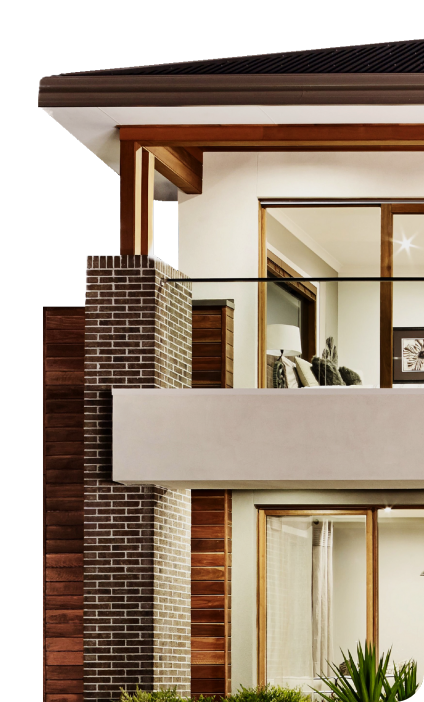A conventional loan is a mortgage that is not insured, or guaranteed, by the federal government. They’re popular with borrowers who have a stable job and income, who can afford a down payment, and people who are financially stable overall.
With a conventional loan, PrimeLending sets the terms of the loan and works with the borrower directly. Government-backed loans, on the other hand, have terms set by the federal government.
Is conventional better than FHA?
Conventional loans are a good choice for new home purchases and refinancing. Although, it may be easier for first-time homebuyers to get an FHA loan over a conventional mortgage because conventional loans often have additional credit and financial requirements. However, if you can make at least a 20% down payment, conventional loans can offer more flexible terms and fewer restrictions than an FHA home loan.
Advantages of conventional loans from PrimeLending
- They are simpler to apply and qualify for, with less paperwork, and you’ll have fewer rules and regulations to meet.
- You have more options to choose from, the terms are more flexible and easier to customize and match to your financial situation and goals.
- They can be used for almost all types of properties, from single- and multi-family homes to condominiums and even manufactured homes.
- If you have at least 20% to put down on a purchase, or at least 20% equity when refinancing, you are not required to pay mortgage insurance.
- Conventional loan rates are often lower since we know the borrower is financially stable.
Types of Conventional Loans
There are two types of conventional loans: fixed-rate and adjustable-rate mortgages.
- Fixed-rate mortgages have an interest rate that does not change for the life of loan. 15- and 30-year terms are the most common. They offer stable, predictable payments that also don’t change. Monthly payments are usually very low because they’re spread out over time. They’re great long-term loans if you plan to stay in your house for at least seven or more years.
- Adjustable rate mortgages have an interest rate that does change. There’s an initial up-front period when the rate is fixed. During this time, the interest rate and monthly payments are even lower than a fixed-rate mortgage. However, after the initial period, your rate can change or adjust, usually higher, along with your monthly payments. Adjustable rates are ideal for people who don’t plan on staying in their home past the time when the interest rate will change, usually after 3-, 5-, 7- or 10-year terms.
What is the lowest down payment for a conventional loan?
Depending on the loan you get, some conventional loans minimum down payment is 3% of the loan amount. Keep in mind that if you make a down payment of less than 20% private mortgage insurance (PMI) will be required, however this can be removed once you have built up 20% equity in your home. Pro-tip: The more money you put down, the lower your overall mortgage will cost.
Why would a seller prefer a conventional loan?
Some sellers may take the type of mortgage you may qualify for under consideration when you make your offer. Most conventional loans require a higher credit score and a larger down payment in order to qualify. In the eyes of the seller, you may seem like less of a default risk and may appear to be a more trustworthy buyer.
